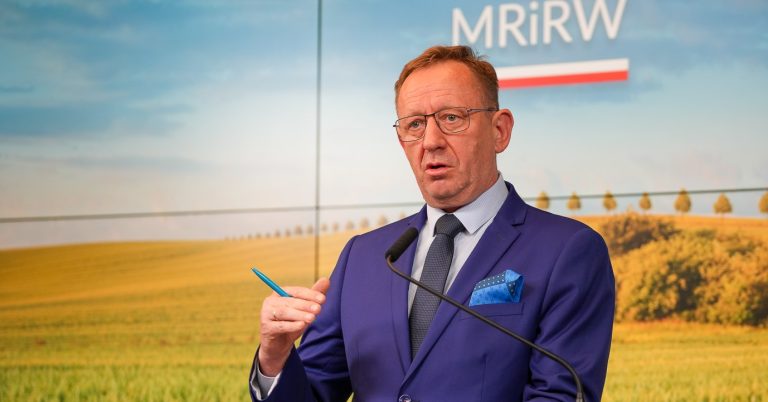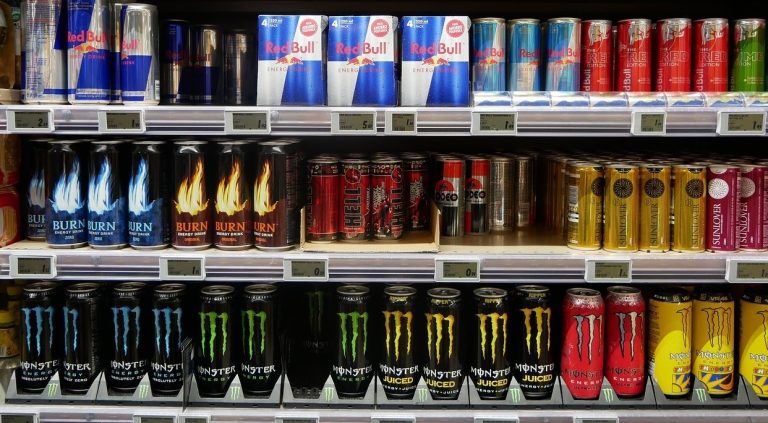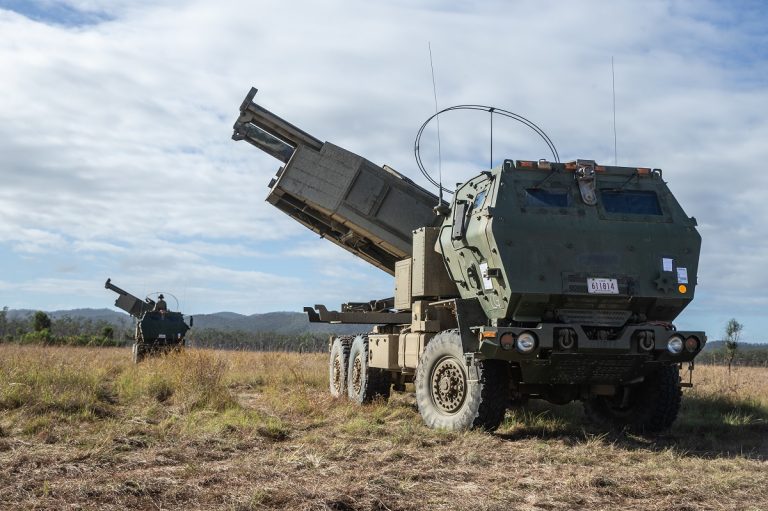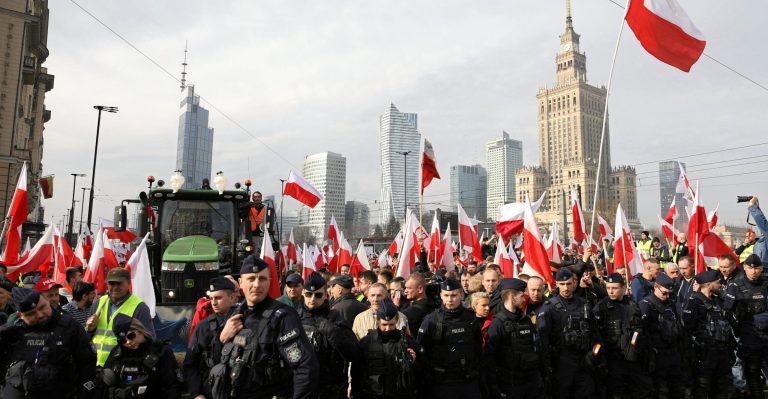Inflation falls below 10% in Poland for first time since Russia’s invasion of Ukraine

Poland’s headline inflation rate slowed in September to 8.2% year-on-year, below analysts’ expectations of 8.5%, according to a flash estimate by state statistics agency GUS. It is the first time the figure has fallen below 10% since February 2022 and is the lowest level since late 2021. Inflation peaked at 18.4% in February this year.
A decline in fuel prices for private means of transport, which were 7% lower than in September last year, has largely contributed to the slowdown.
“The wartime price shock is slowly passing,” said analysts at PKO Bank Polski. “Core inflation is also in single digits according to our estimate (8.6%),” they added, referring to the inflation measure that excludes products with the most volatile prices, such as food or fuel.
Month-on-month prices fell by 0.4%, with fuel prices down by 3.1%, energy by 0.8% and food by 0.4%. Recent weeks have seen state oil giant Orlen face accusations that it has artificially lowered fuel prices to help the ruling party ahead of next month’s elections. It denies the claim.
September was the fifth consecutive month without a month-on-month price increase and the month with the deepest price drop since 2016, noted Bank Pekao economist Kamil Łuczkowski, quoted by the Polish Press Agency (PAP).
“Disinflation continues to draw a lot from last year’s high base, but the current momentum also points to a clear weakening of inflationary pressures,” said Łuczkowski. “According to our forecasts, inflation will fall below 7% year-on-year by the end of 2023.”
State oil giant Orlen has appealed to Poles not to hoard fuel amid a drop in prices at petrol stations ahead of October’s elections.
The firm has denied claims it is artificially lowering prices to help the government’s re-election bid https://t.co/YsO1oGUDbJ
— Notes from Poland 🇵🇱 (@notesfrompoland) September 27, 2023
The economist thinks that the reading will convince Poland’s central bank’s monetary policy council (MPC) to cut interest rates further during next week’s rate-setting meeting.
“In our view, it will cut rates again, but on a smaller scale than at the last meeting, this time by 25bp. Although, as we know, the MPC likes to surprise,” he said.
Last month, the National Bank of Poland (NBP) surprised the markets, delivering a 75-basis-point cut, three times larger than expected, and lowering the rate to 6%.
Poland’s central bank has cut its benchmark interest rate for the first time in three and a half years, from 6.75% (which had been a 20-year high) to 6%.
While a rate cut had been expected today, its size was three times larger than forecast https://t.co/DMUH2Svr5f
— Notes from Poland 🇵🇱 (@notesfrompoland) September 6, 2023
Today’s inflation data was welcomed by authorities, with government spokesman Piotr Müller hailing “prospects for a more rapid reduction in inflation at the end of the year”.
Meanwhile, Paweł Borys, head of the state Polish Development Fund (PFR), believes that the data indicate that the Polish economy has managed to control inflation “in line with the soft landing strategy”, a term referring to containing high inflation via policy tools such as interest rate increases, without inducing a recession.
Analysts, however, were more critical, pointing out that, although core inflation surprised on the upside, it is still decelerating more slowly in Poland than in other countries in the region.
Ceny obniżyły się we wrześniu o 0,4%, co jednocześnie jest piątym miesiącem z rzędu bez wzrostu cen. Przełożyły się na to spadki cen żywności, nośników energii (wyższe limity zużycia energii po zamrożonej cenie) oraz paliw. Inflacja bazowa 0% m/m. Obniżki cen często nabywanych… pic.twitter.com/y7bAlkk0Ke
— Analizy Pekao (@Pekao_Analizy) September 29, 2023
“September inflation shows a big drop in core inflation from 10 to ~8.5% year-on-year. This is a positive sign, but the disinflation process still pales compared to the region,” said ING Bank Śląski analysts.
“Since its peak, core [inflation] has fallen 3.8 percentage points in Poland, 8.7 percentage points in the Czech Republic and 10.4 percentage points in Hungary,” they added, noting that the data from Poland includes September’s reading, while in the other two cases, the latest data is from August.
“This implies a large contribution of external factors to disinflation in our economy, while the domestic policy mix is weakly helping to bring inflation down.”
Wrześniowa inflacja pokazuje duży spadek inflacji bazowej z 10 do ~8,5%r/r. To pozytywny sygnał, ale proces dezinflacji wciąż wygląda blado na tle regionu. Od szczytu bazowa spadła 3,8pp w Polsce, 8,7pp w Czechach i 10,4pp na Węgrzech (Polska do września, reszta do sierpnia). To… pic.twitter.com/LBiWX38zUk
— ING Economics Poland (@ING_EconomicsPL) September 29, 2023

Notes from Poland is run by a small editorial team and published by an independent, non-profit foundation that is funded through donations from our readers. We cannot do what we do without your support.
Main image credit: Karolina Grabowska / Pexels

Alicja Ptak is senior editor at Notes from Poland and a multimedia journalist. She previously worked for Reuters.






